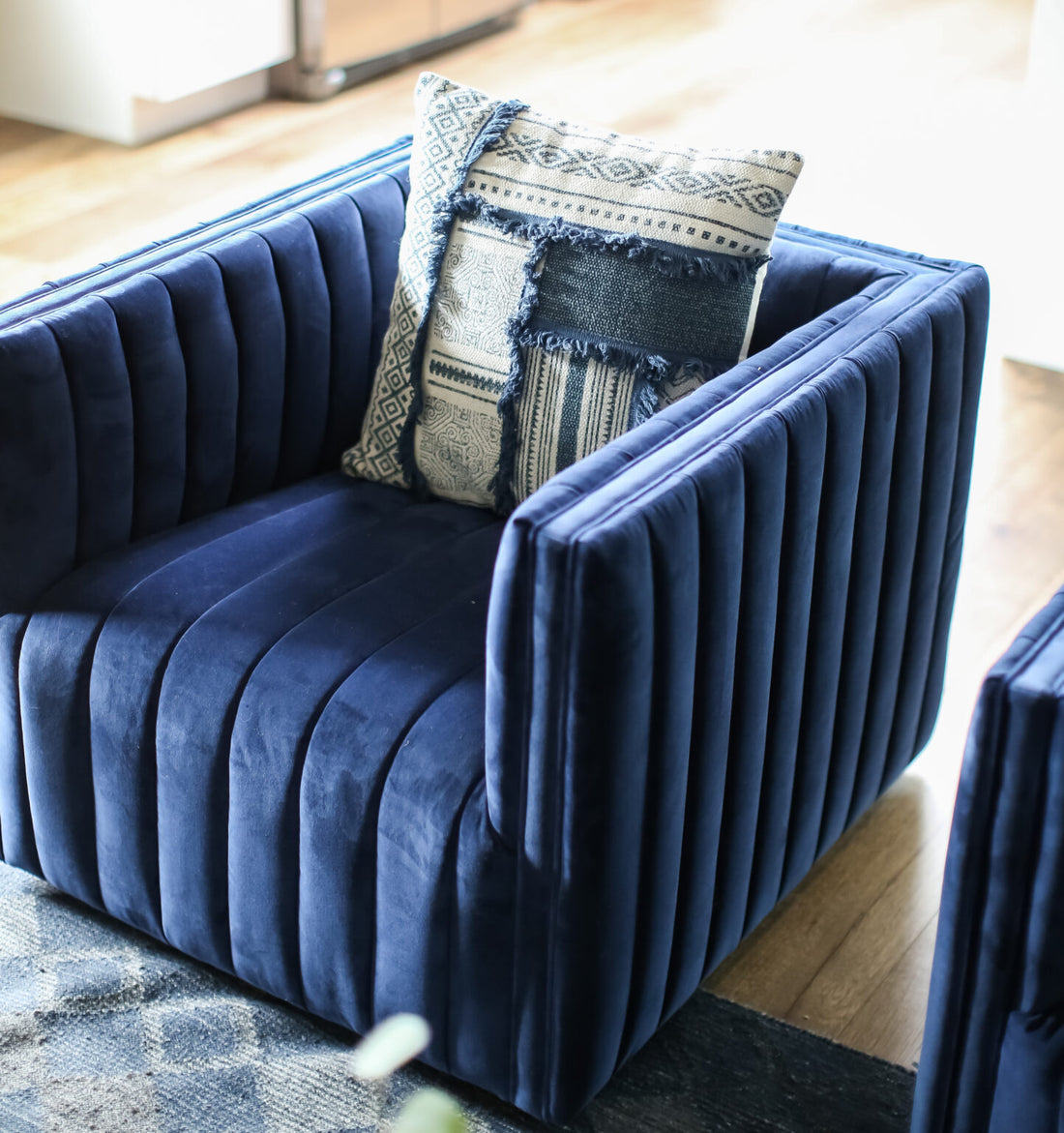In the world of design, knowing what type of environment you are designing and for and what purpose it will serve is crucial for success. When it comes to designing for interior and exterior spaces, there are various design principles and elements you want to keep in mind. When you know ahead of time what the client’s vision is for the end user, or how they hope to utilize the space, it enables you to keep “the end in mind” when designing. Knowing when you should apply spatial or interior design principles is important for achieving an ideal environment.
When it comes to spatial design, the movement of people throughout the environment is the most important thing to keep in mind. Some of the key principles of spatial design are spacing, flow, and anchor points; all of which need to work together in order to create a successful design. This type of design philosophy is primarily geared towards shared or communal spaces such as conference rooms or lounge spaces, so keeping these primary principles in mind is crucial. Having a space that is either too cluttered or difficult to navigate does not allow for ease of navigation; having the proper spacing of elements in your design is necessary in order to maintain a spatially balanced environment. Along with spacing, making sure the flow of a room works for its intended purpose is needed. You wouldn’t want a kitchen island to interfere with how you would pass through the kitchen, so applying that type of thought process towards general spatial design is key. Having anchor points incorporated into the design is also key to great spatial planning. Having focal a point for people to either gather or navigate around allows a spatial environment to have a defining feature that can clearly illustrate the purpose of the space.
Interior Architecture and Spatial Design share many similar defining principles, the primary focus of high-quality design is the balance between form and function. Movement within a space and end-use are necessary objectives to keep in mind when incorporating design philosophy towards a project. As discussed in my previous blogs, some of the primary principles of interior designing would be theme, balance, and emphasis. The principle of theme defines things such as a color scheme, similar elements within the space, and a unified idea behind the design. The principle of balance defines having all elements within a space be equal with one another either through their color, texture or through the shape. You want to create a feeling of equilibrium within a space so having the right balance is important. The principle of emphasis defines highlighting the defining features of the room itself with other objects that put the focus on those elements themselves. Emphasis also can apply to other key elements of a room such as a unique piece of furniture. Click here for a more in-depth look at design principles and elements.
Both spatial design and interior architecture share many common principles that should be incorporated into any design project in order to achieve a great end result. Designing for movement or aesthetics should always incorporate elements of both principles as they go hand in hand quite often. Take these concepts and make something beautiful out of them.




